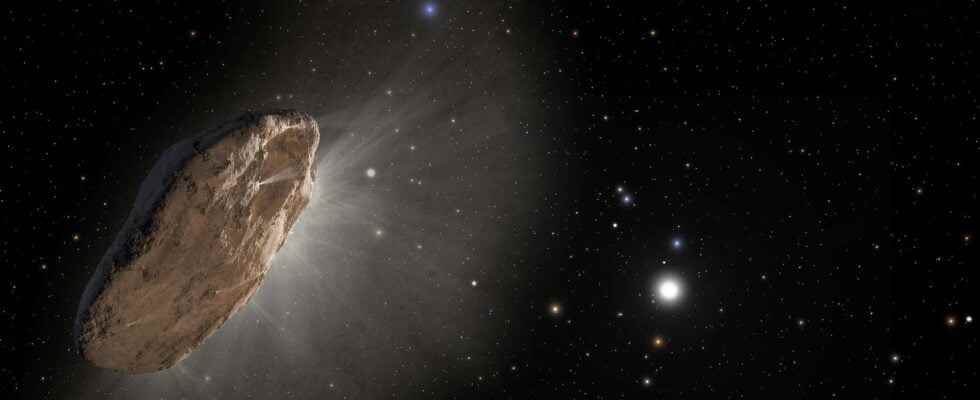From the first discs of planetary debris discovered in 1983 by theInfrared Astronomical Satellite (IRAS) around the four stars Vega, Beta PictorisFomalhaut and Epsilon Eridani to the protoplanetary discs studied with Alma via the observations of Spitzer and Hubbleastronomy infrared and millimeter powerfully helped to confirm that the phenomenon of planetary formation was very frequent in the Milky Way and according to modalities which, broadly, were those developed in the models of the cosmogony of the Solar system.
However, we still have a lot to learn, not least because planetary scientists do not fully understand the exact chemical processes involved in the formation of planets. They also want to know if there was anything special about the way our own planets formed around our Sun. Of course, we already have indications with the instruments developed by the noosphere, but we would like to know more, despite the fact that we are not very far from being able to send a probe into a nearby planetary system, such as that of Proxima Centaurifor more information.
However, the detection of objects clearly of interstellar origin 1I/’Oumuamuain 2017, and 2I/Borisovin 2018, has clearly changed the situation, especially since the arrival at Lagrange point L2 Earth-Sun of telescope James Webb.
Characteristics orbitals of ‘Oumuamua and Borisov clearly make them stars who were ejected from their home planetary system in the Milky Way and they are surely the tip of a population ofinterstellar objects often crossing the Solar System and which are, in a way, memories of the formation ofexoplanets elsewhere in the Galaxy. Memoirs that could be as talkative for exobiologists studying the possible appearance of life elsewhere than in the Solar System with, for example, Mars and Europe.
In this short film, we tell you the story of the interstellar comet 2I/Borisov. A story that begins, for us Earthlings, at the end of August 2019 when we looked at it for the first time, but which began tens or hundreds of millions of years ago, or even more… because we don’t know not yet the age of this object from elsewhere. © Futura
Infrared radiation to read an interstellar memory
However, this is what Martin Cordiner has just declared in a press release from NASA, principal researcher of a program Webb Target of Opportunity : “ The sensitivity and power of Webb now offer us an unprecedented opportunity to study the chemical composition of these interstellar objects and to learn much more about their nature: where they came from, how they were made and what they can tell us about the conditions present in their systems of origin. »
Clearly for this astrophysicist from Goddard Space Flight Center from NASA in Greenbelt, Maryland: “ The ability to study one of them and discover its composition – to see material from another planetary system up close – is truly an incredible thing. “, and he and his team are preparing to study in the infrared with Webb in the near future several interstellar objects cruising according to a orbit hyperbolic in the Solar System, and which they will visit only once.
2I/Borisov looked a lot like a comet, but 1I/’Oumuamua not at all. This suggests that we are about to make fascinating discoveries about the diversity of planetary systems. Martin Cordiner and his colleagues want to know for sure and for that they will use two James-Webb instruments working respectively in the near and medium infrared band, namely NIRSpec and MIRI.
According to the NASA press release, NIRSpec will be used to analyze the chemical composition of gas that could emit these interstellar objects close to the Sun, being able to highlight the spectral signature of molecules specific substances such as water, methanol, formaldehydethe carbon dioxidethe carbon monoxide and methane. MIRI (Mid InfraRed Instrument)on the other hand, will rather give information on the thermal processes associated with the particles solidsuch as dust grains and even pebbles.
Interested in what you just read?
